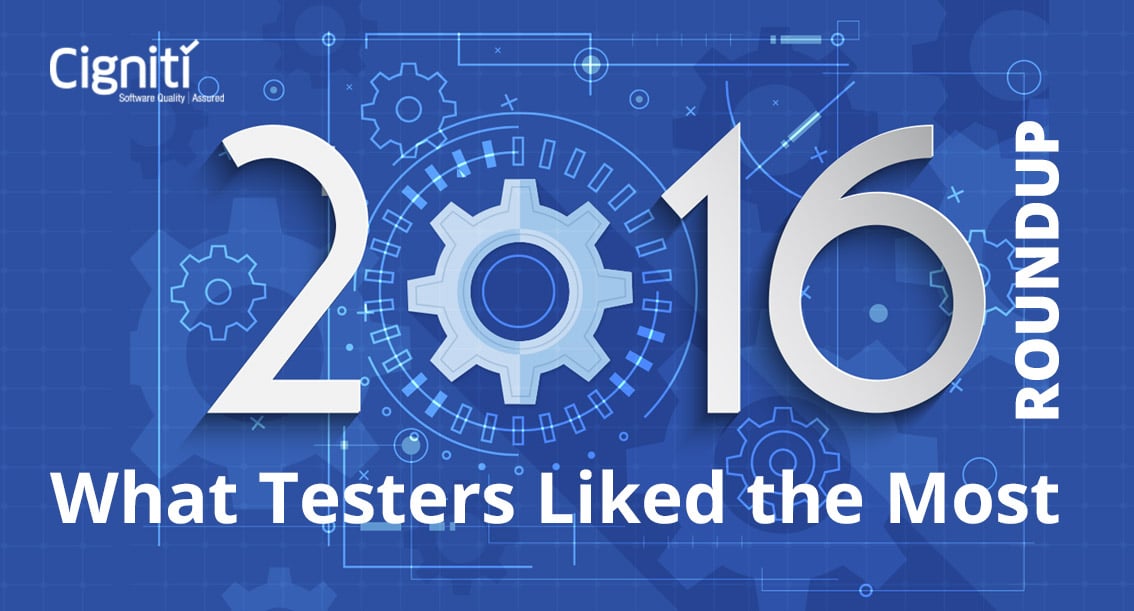Mind Mapping in Software Testing: Techniques, Use Cases & Benefits
|
Listen on the go!
|
Our brain is more capable of processing and recalling visuals than written words. A visual image brings quick clarity and understanding in ways that descriptive words cannot. Mind Map is a tool that takes advantage of this fact to pictorially organize and present information.
Mind maps have emerged as a powerful tool in software testing. It enables testers to capture complex relationships, identify critical scenarios, and enhance collaboration.
mind map for software testing offers unparalleled benefits, streamlining the testing process and driving increased test coverage. mind mapping test tool empowers testers to organize their thoughts, visualize testing strategies, and optimize the overall quality assurance lifecycle.
Mind Mapping in Software Testing
A Mind Map is a graphical representation of an idea or concept (i.e.) mind mapping technique is used to sketch a concept or an idea. In terms of testing, a Mind Map uses symbols, colors, lines, and images to represent the various phases of testing, followed by activities under each phase.
In short, a Mind Map shows a visual representation of the testing function in its entirety and provides a creative way to logically plan the testing.
Mind Maps drawn through tools can have notes, links, nodes that can be unfolded and folded, zoomed, and searched. All these make the Mind Map versatile and allow for the addition of more details to the map.
Mind mapping method can be used in variety of testing activities like requirements analysis, test design, test planning, measuring test coverage, etc. They can also be used at a granular level, like validation of a test case or depicting the steps of a complex test case.
How to create a sample testing Mind Map?:
Draw the main idea or subject in the center, for example: The test plan for project XYZ.
Draw branches radiating from the center to represent the various themes under the main idea, for example, the various test activities like unit testing, functional testing, test environment setup, preparing test status reports etc. Each branch can now be further split into twigs that represent activities that need to be performed under each.
Keep sentences in each branch short to reduce verbiage. Use color coding to group objects and to differentiate critical tasks from non-critical ones.
One thing to keep in mind is that the Mind Map is supposed to pictorially represent a theme for quicker understanding. Hence, it does not help if it is too elaborate and heavy on information.
If necessary, items in the main Mind Map that are too descriptive can be moved to a separate Mind Map.
Mind Maps need adequate brainstorming with all stakeholders to ensure their completeness and correctness.
Free mind mapping tools available in the market make it easy to arrange information in a logical manner with sub-functions nested under the main functions in nodes that can be expanded and collapsed. This makes the diagram clutter-free. Xmind and Free Mind are two popular open-source mind-mapping tools.
Benefits of Using Mind Maps in Testing:
Better Test planning:
Drawing a mind map test helps to visualize the series of tasks that need to be done as part of the testing. Draw an initial mind map, discuss it with stakeholders, and add/remove tasks as required. The final mind map represents the final scope of your testing and can become a direct input for task planning. Doing this ensures no test activity is inadvertently missed out.
Testing Traceability:
Mind maps can be drawn to include requirements, and those requirements can be linked to corresponding test cases. This ensures adequate test coverage and makes it easy to verify test results.
Monitor testing progress:
Mind maps make it easy to track testing progress and assess the project’s health. Management can review the test plan to assess if testing has progressed as planned and get a quick view of pending activities.
What is Mind Map Testing?:
Mind map testing is a powerful technique that improves the software testing process.
Mind map tests provide a comprehensive, interconnected view of the testing environment, enabling testers to strategize, plan, and execute tests more effectively.
Mind mapping tests also facilitate collaboration, knowledge sharing, and the identification of critical test areas, improving the overall quality and efficiency of the testing process.
Significance of Mind Map Test:
Mind map testing is a transformative approach that significantly improves the software testing process. By using visual thinking, this technique offers many benefits that drive testing excellence.
Mind map testing consists of comprehensive, interconnected mind maps that serve as a roadmap for the testing journey. These mind maps, which can be used for software testing, test planning, and test execution, allow testers to visually organize and represent test scenarios, workflows, and relationships between components.
Moreover, Mind Map Testing fosters creativity and innovation by encouraging testers to brainstorm and explore new testing paths, resulting in the discovery of previously overlooked issues.
Co-located testing from Cigniti Technologies:
Get the advantage of superior quality software through co-located testing from Cigniti Technologies. Cigniti employs innovative tools and technologies for a range of testing services, including niche technologies like Cloud and mobile testing.
Our QA (Quality Assurance) staffing services ensure you get the best testing resources for your critical projects. To know more about our services, contact us at Cigniti





Leave a Reply